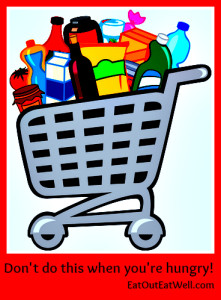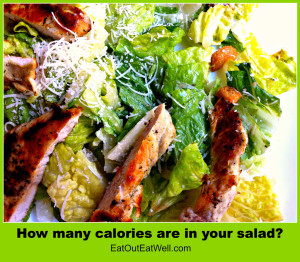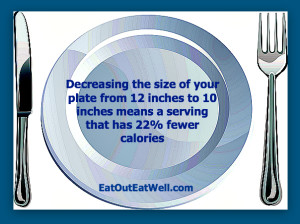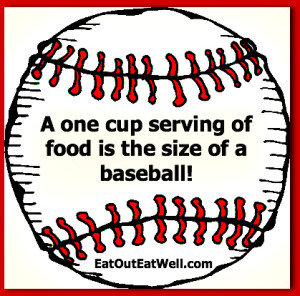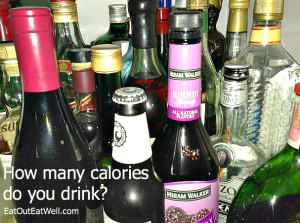 Did you know that because alcohol doesn’t register as “food” in your GI tract or your brain, it doesn’t fill you up the way food does?
Did you know that because alcohol doesn’t register as “food” in your GI tract or your brain, it doesn’t fill you up the way food does?
But alcohol does have calories — 7 calories a gram – more than carbs and protein which clock in at 4 calories a gram (fat has 9).
So, because you don’t feel as though you’re putting calories into your body, you can drink a lot and still not feel stuffed (perhaps drunk, but not stuffed).
What’s A Standard Drink?
A standard drink is 1.5 ounces of hard liquor, 5 ounces of wine, or 12 ounces of beer.
- 12 ounces of beer has 153 calories and 13.9 grams of alcohol
- 12 ounces of lite beer has 103 calories and 11 grams of alcohol
- 5 ounces red wine has 125 calories and 15.6 grams of alcohol
- 5 ounces of white wine has 121 calories and 15.1 grams of alcohol
- 1 1/2 ounces (a jigger) of 80 proof (40% alcohol) liquor has 97 calories and 14 grams of alcohol
Alcohol And Mixers
An average shot (1.5 oz) of 80-proof alcohol has around 96 calories; the higher the alcoholic content (proof), the greater the number of calories.
- 80-proof vodka (40% alcohol; the most common type) has 64 calories per 1oz
- 86-proof vodka (43% alcohol) has 70 calories/1 oz
- 90-proof vodka (45% alcohol) has 73 calories/1 oz
- 100-proof vodka (50% alcohol) has 82 calories/1 oz
When you start adding mixers, the calories can more than double; a mixed drink runs around 250 calories.
- club soda has no calories
- 8 oz of orange juice has 112 calories
- 8 oz of tonic has 83 calories
- 8 oz of ginger ale has 83 calories
- 8 oz of tomato juice has 41 calories
- 8 oz of classic coke has 96 calories
- 8 oz of cranberry juice has 128 calories
Mixed drinks and fancy drinks can significantly increase the calorie count.
- A frozen margarita has about 45 calories an ounce
- A plain martini, no olives or lemon twist, has about 61 calories an ounce
- Sangria has about 19 calories an ounce
- One Irish coffee has 218 calories
- Jumbo and super-sized drinks with double shots and extra mixers could add up to 1,000 calories or more (a single giant glass of TGI Friday’s frozen mudslide has around 1,100 calories)
- And, if you finish with coffee: one cup with cream and sugar runs at least 50 calories (more if it’s sweet and light)
What’s In Your Wine Glass?
Most standard servings of wine have 125-150 calories, but the calories can double depending on the size of the glass and how far it’s filled up. Sweet and dessert wines are more caloric than table wine and champagne.
Calories in one ounce of various wines:
- Champagne: 19 calories
- Red table wine (burgundy, cabernet): 25 calories
- Dry white wine (Chablis, hock, reisling): 24 calories
- Sweet white wine (moselle, sauterne, zinfandel: 28 calories
- Rose: 20 calories
- Port (about 20% alcohol): 46 calories
- Sweet dessert wine: 47 calories
